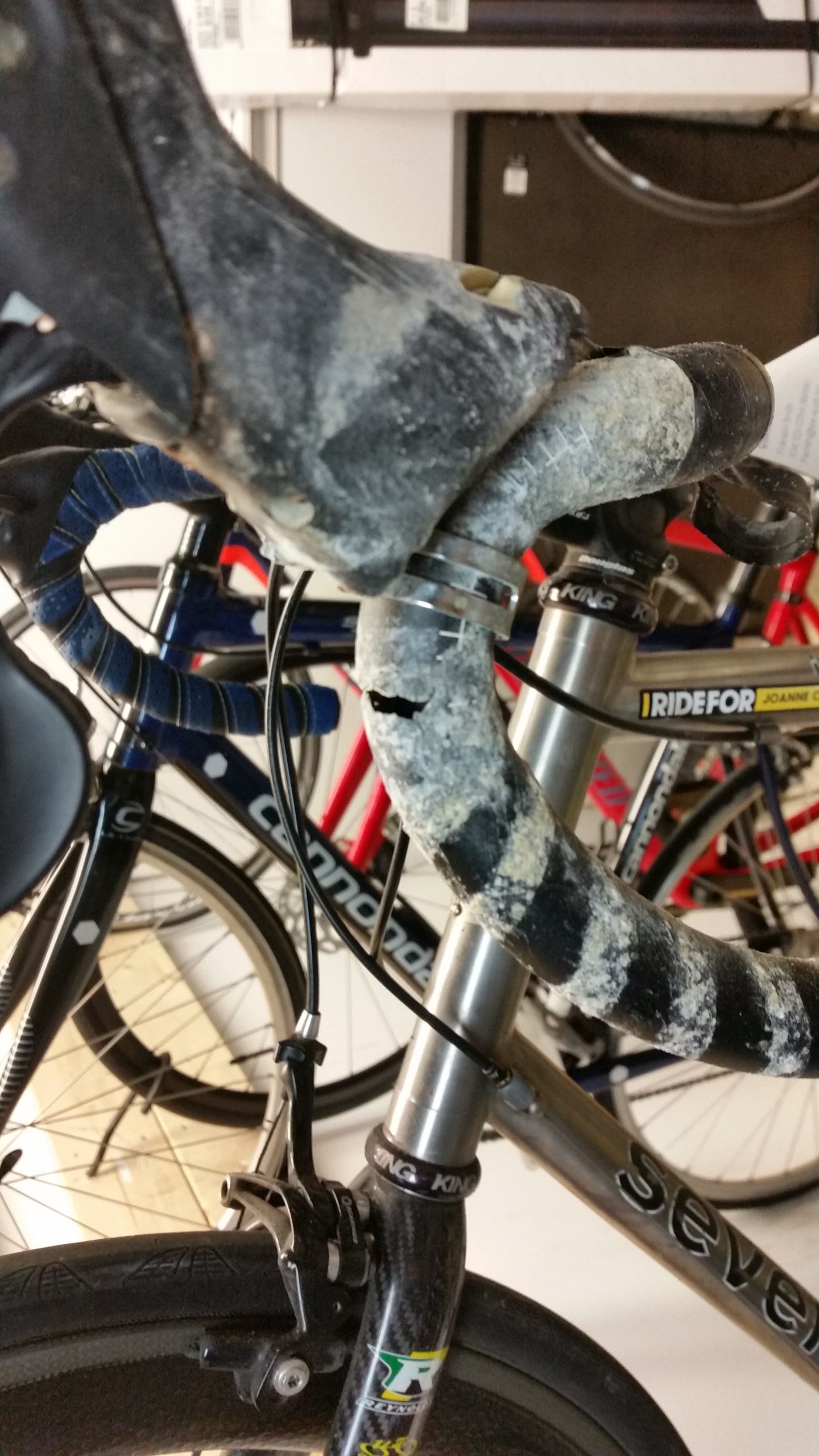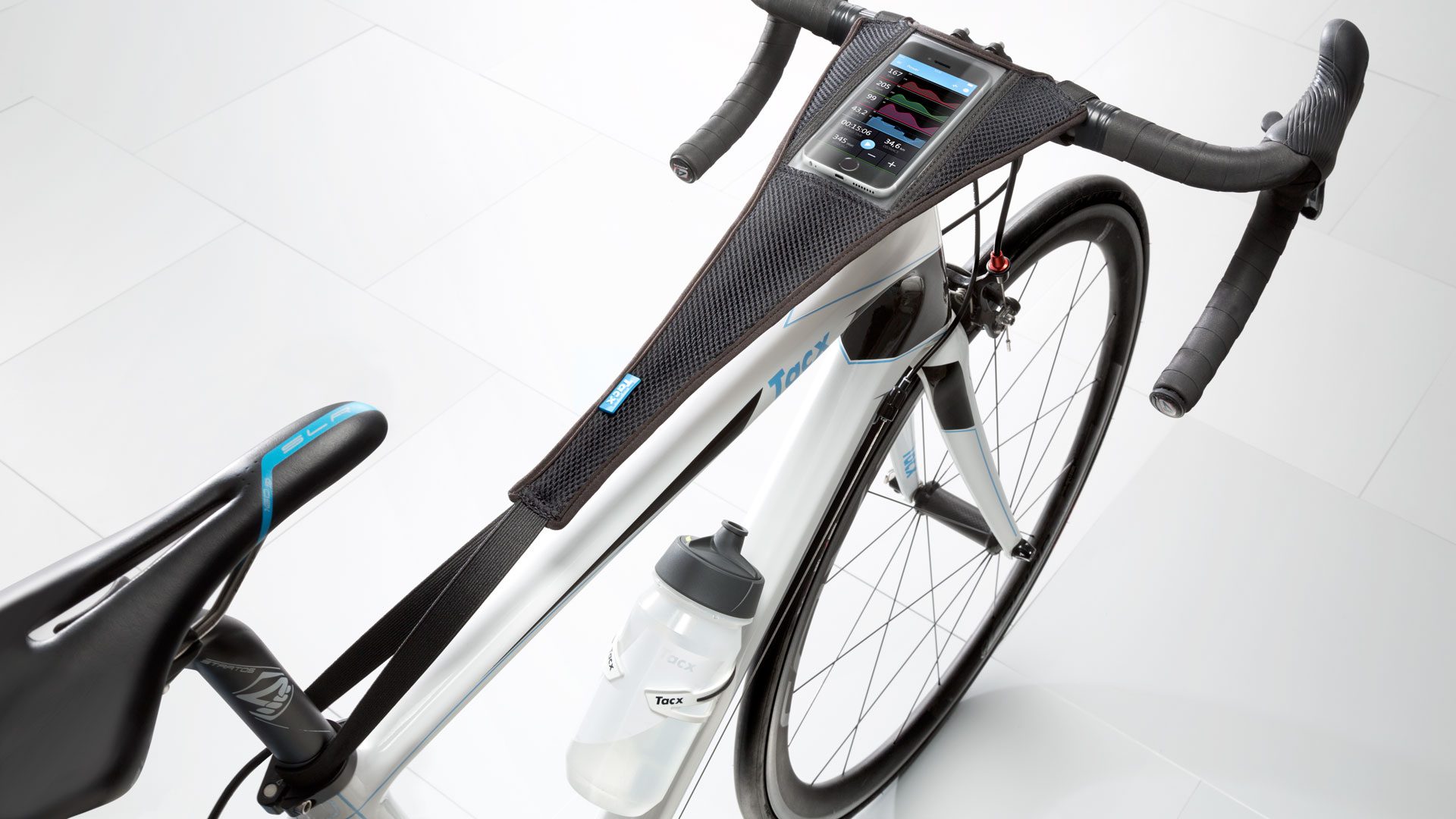Is your sweat ruining your bike?
How indoor training could be damaging your frame

A good, sweaty trainer ride will give you a great sense of satisfaction. You worked hard, you’re dripping sweat but you made it to the end of your workout.
Indoor workouts always leave you more salty and drenched than outdoor rides, as there’s no wind to wick away perspiration. Although the sweat seems like the harmless badge of a hard ride, it can be highly corrosive and may cause massive damage to your bike if you’re not careful.
Sweat is composed of mostly water. It contains trace amounts of lactic acid, minerals and urea. Mineral content varies from person to person but you’ll find potassium, calcium, magnesium and about 0.9 g/L of sodium in your perspiration. The sodium is of particular note, as it’s the main cause of corrosivity in sweat.
RELATED: Which sports sunscreens will actually stand up to sweat?
A small amount of perspiration won’t cause any damage to your equipment, but when the layers of sweat begin to build up on your unmoved bike over the winter, your components are more at risk for damage.

When continually dripped on, bolts, particularly the headset compression bolt, are at risk of seizing due to rust buildup. Your headset and top tube are extra vulnerable, as you drip the majority of your sweat over them. Sweat buildup can cause damage to aluminum components and even paint. If you’re unlucky (or sweaty enough), even your bottom bracket, seat-post tube and bottle cage mounts could be impacted by the corrosive moisture coming off your body.
RELATED: How to manage sweat while cycling in the heat of summer
Aluminum handlebars are susceptible to sweat, and may be the most dangerous bike part to ignore damage on. Corrosion can hide under the bar tape, weakening the bars’ integrity and putting you at risk of snapping them during a sprint.
Sweat solutions

To make sure your handlebars are in good shape, be sure you change your bar tape at least once a year. Many indoor cyclists cover their top tube, headset and handlebars in a towel to keep them dry. Another option to prevent damage is a ‘sweat net’ or ‘sweat guard’, a product specifically designed to cover your top tube area. The sweat net can also help catch perspiration that would fly onto other areas of the bike, and often has additional bonus phone storage.
Even if you’re keeping your bike covered during your workouts, and you wipe it down frequently, it’s always safest to bring your bike in for a tune up at the end of the indoor season. A mechanic will check for rust and corrosion, giving you an early alert on issues that could become a much bigger problem if left unattended.

